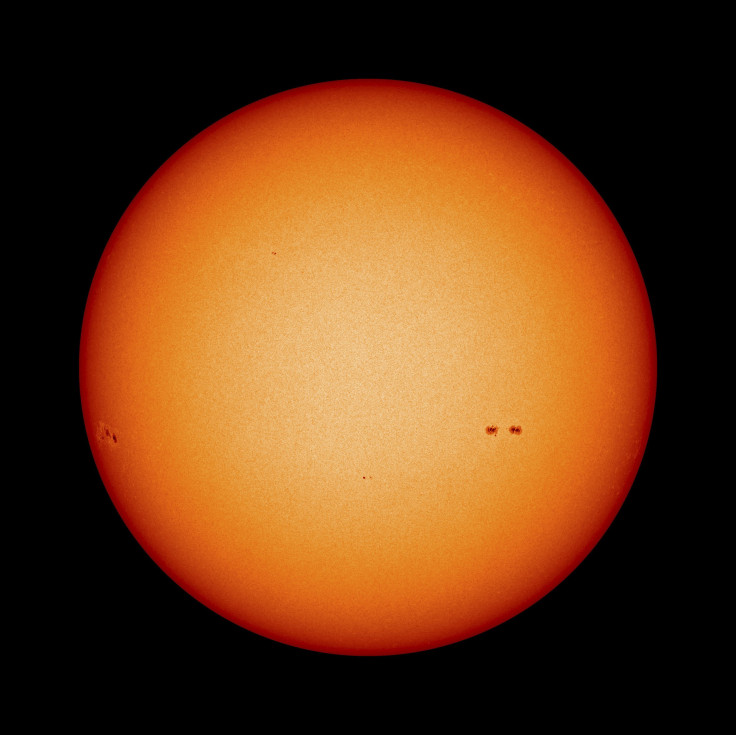Newly-discovered planet with 3 suns in faraway solar system

An international team of scientists have recently discovered a strange planet in a faraway solar system that has not one but three suns. The planet, named HD 131399Ab, is way weirder than Luke Skywalker’s home planet Tatooine in the Star Wars saga that orbited around two suns.
The astronomers used the Spectro-Polarimetric High-Contrast Exoplanet Research (SPHERE) instrument on ESO's Very Large Telescope (VLT) in Chile for imaging the first planet ever found in a wide orbit inside a triple-star system. Such a planet’s orbit is expected to be unstable that may result in the planet being ejected from the system.
However, this planet has survived, suggesting that such systems are more common than previously thought. The study, published in journal Science, relates that an observer in this exotic system may witness either constant daylight or triple sunrise and sunsets every day. Seasons may last longer than human lifetimes.
The planet is situated 320 light years from Earth in the constellation Centaurus. It is believed to be about 16 million years old. This makes it one of the youngest planets to be discovered outside our Solar System to date.
The planet HD 131399Ab’s mass is around four times greater than our Solar System’s largest planet Jupiter. It orbits the brightest of the three stars on a very long and wide path. One of the co-authors of the paper, Daniel Apai, from the University of Arizona, USA, said that HD 131399Ab is “one of the few exoplanets that have been directly imaged, and it's the first one in such an interesting dynamical configuration.”
The study’s first author and discoverer of the planet, Kevin Wagner, is a PhD student at the University of Arizona. He located HD 131399Ab among numerous candidate planets and led the follow-up observations to verify its nature.
“For about half of the planet's orbit, which lasts 550 Earth-years, three stars are visible in the sky; the fainter two are always much closer together, and change in apparent separation from the brightest star throughout the year,” Wagner said in a statement.
This planet also marks the first discovery of an exoplanet made with the SPHERE instrument on the VLT. The brightest of the three stars the planet orbits is estimated to be eighty percent more massive than the Sun.
“What we do know is that planets in multi-star systems have been studied far less often, but are potentially just as numerous as planets in single-star systems,” Wagner added.






